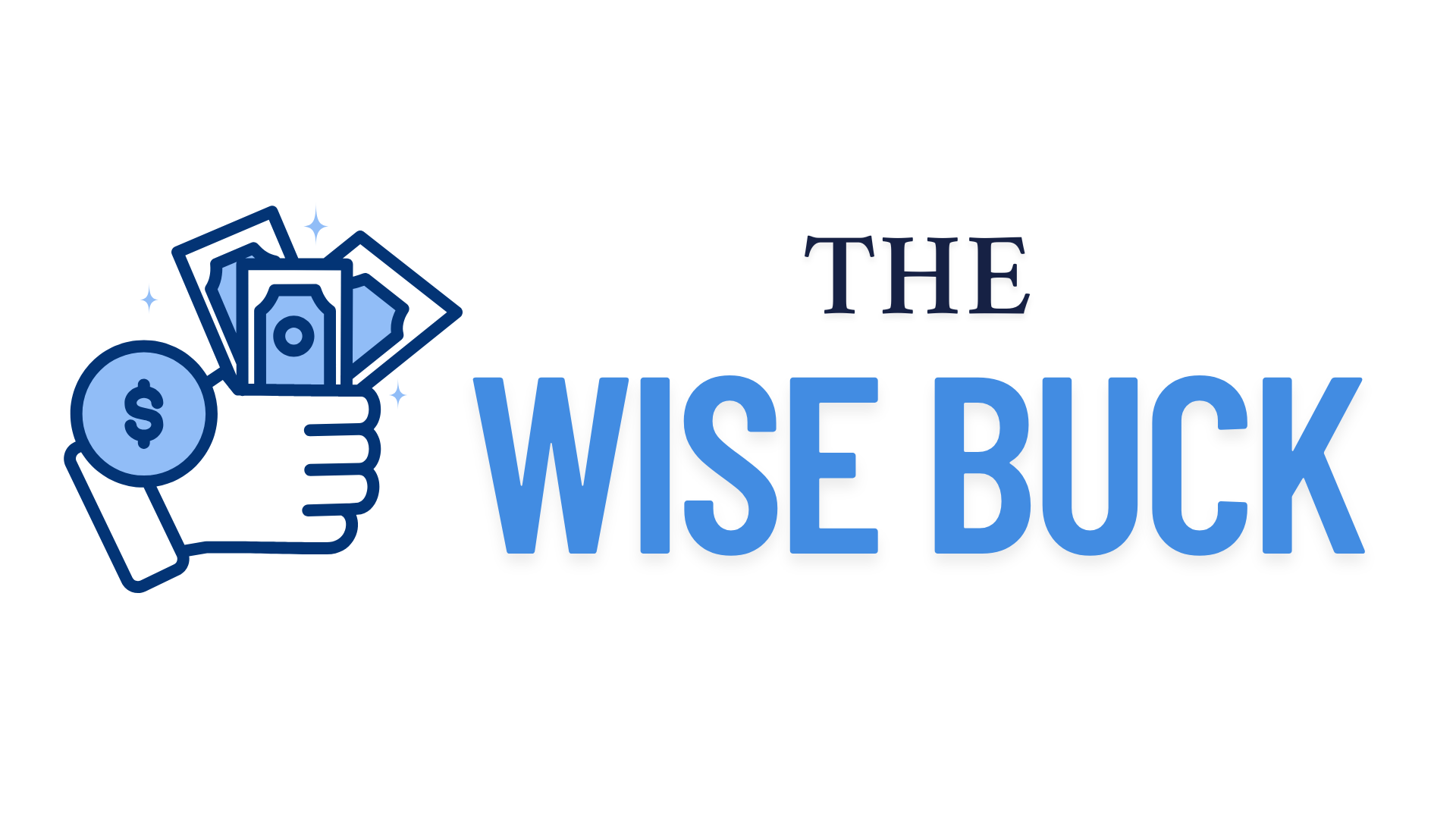The holiday season is meant to be joyful, but for many, Christmas shopping brings more stress than cheer. Between crowded stores, endless gift lists, and the temptation to overspend, it’s easy to lose sight of what matters most.
The good news? With a little planning and some smart strategies, you can tackle your holiday shopping with ease. Here are the best Christmas shopping tips to help you save money, stay organized, and actually enjoy the process this year.
1. Start with a Budget
Before you buy a single gift, decide how much you’re willing to spend in total. Then break it down by category: family, friends, co-workers, decorations, food, and wrapping supplies.
Why it works: A clear budget helps you avoid credit card debt and the dreaded January financial hangover.
2. Make a Master Gift List
Write down everyone you need to shop for and assign a spending limit for each person. Having a Christmas shopping list keeps you organized and prevents impulse buys.
Tip: Include a few backup gift ideas in case your first choice sells out.
3. Shop Early to Save More
One of the most important stress-free holiday shopping strategies is to start early. Shopping in November—or even earlier—means you’ll have more choices and can take advantage of sales without the last-minute panic.
If you wait until mid-December, you’ll often pay higher prices and risk shipping delays.
4. Take Advantage of Sales and Discounts
Look for deals on Black Friday, Cyber Monday, and early December promotions. Sign up for retailer newsletters or download store apps to get coupon codes and exclusive discounts.
Pro tip: Use cashback apps or credit cards with holiday rewards programs to stretch your budget further.
5. Consider Online Shopping
Online shopping can save you both time and money. You can compare prices instantly, avoid crowded malls, and often find unique items not available in stores.
Online Christmas shopping tips:
- Order early to avoid shipping delays.
- Watch for free shipping deals.
- Be cautious with unfamiliar websites—stick to reputable retailers to avoid scams.
6. Embrace DIY and Handmade Gifts
Not all gifts need to come from a store. Handmade presents—like baked goods, personalized crafts, or a photo album—are thoughtful and budget-friendly.
These creative gift-giving ideas on a budget often mean more than expensive store-bought items.
7. Use Price-Tracking Tools
Websites and browser extensions like Honey or CamelCamelCamel (for Amazon) let you track price drops and ensure you’re buying at the best time.
This small step can save you significant money over multiple purchases.
8. Avoid Impulse Shopping
The holiday season is filled with clever marketing designed to make you spend more. To avoid overspending during the holidays:
- Stick to your gift list.
- Limit window shopping.
- Wait 24 hours before buying non-urgent items.
Impulse spending may feel good in the moment, but it quickly adds up.
9. Group Shopping Trips
If you prefer shopping in stores, plan fewer, more focused trips. Group your list by store or location so you can get everything in one outing.
This is one of the best time-saving holiday shopping tips, reducing stress and keeping you from running back and forth.
10. Plan for Wrapping and Extras
Gifts aren’t the only expense—wrapping paper, bows, cards, and shipping can add up. Stock up during post-holiday sales and reuse gift bags or ribbons where possible.
11. Don’t Forget Experiences
Sometimes the best gifts aren’t things but experiences: tickets to a concert, a weekend getaway, or a special dinner together. Experiences often create more lasting memories than physical items.
12. Keep Track of Purchases
As you buy gifts, mark them off your list and note how much you spent. This helps you stay within your budget and ensures you don’t accidentally buy duplicates.
13. Be Prepared for Last-Minute Needs
Even with planning, last-minute situations happen. Keep a few go-to gift ideas handy, such as gift cards, candles, or gourmet treats. These save you from panic buying when time runs short.
Example: A Stress-Free Christmas Shopping Timeline
October–November: Create budget and gift list, start shopping early sales.
Early December: Finish majority of gift buying, order online items.
Mid-December: Wrap gifts, finalize decorations, buy food supplies.
Christmas Week: Relax, enjoy the season, and focus on family time.
Final Thoughts
The holidays should be about joy, connection, and giving from the heart—not stress and overspending. By following these Christmas shopping tips—from budgeting and early planning to shopping smart online—you’ll enjoy a smoother, more meaningful holiday season.
Remember: the best gifts aren’t always the most expensive. They’re the ones chosen with thought, care, and love.
